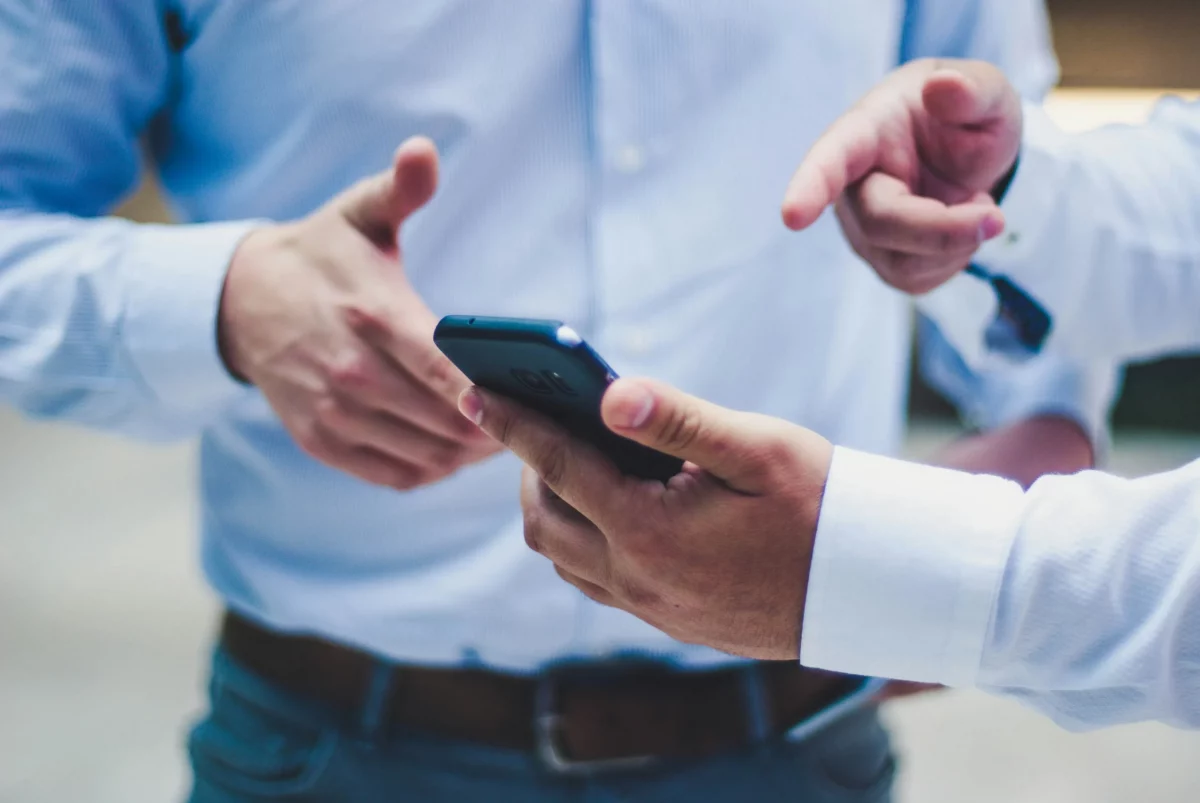Providing proof of identity is a common requirement for various day-to-day operations in France, from opening a bank account to compiling standard documents. But what happens if you don’t have your card or passport on hand? Instead of being turned away, national ID card holders can now generate valid legal proof at the touch of a button using the France Identité app. Here’s how it works.
In the past, people who needed to provide proof of identity at the bank or post office were required to show a legal ID card and sometimes also present photocopies of both sides of the card to whomever requested it.
Now, thanks to the France Identité app, obtaining the necessary proof is at the user’s fingertips.
HOW IT WORKS
The app, which was launched on 14th February, allows users to create an online version of their identity cards, which can then be used to create legally valid proof of identity. While it does not replace physical cards, the French government assures users that the single-use digital version will be accepted by institutions and companies requiring proof of identity.
Creating an account is simple and requires just three things. Users must be 18 or older, have a smartphone compatible with the app and possess the new small-format national ID cards, which have been in circulation since 2021. If you have not yet acquired an ID card, information on the application process can be found here.
If these requirements are met, users simply download the app, which works for both Android devices and iPhone, and save their ID card to the app following the step-by-step instructions or video tutorial offered.
SECURE
Users can generate single-use proofs of identity by selecting the ‘Create a credential’ section. The digital document, which is available in PDF format, is electronically signed by the Interior Ministry and can be saved and shared via email, text message or other methods.
For more information, click here.
Join the Monaco Life community – sign up for the Monaco Life newsletter, and follow us on Threads, Facebook, Instagram, LinkedIn and Tik Tok.
Photo source: Luis Villasmil, Unsplash
